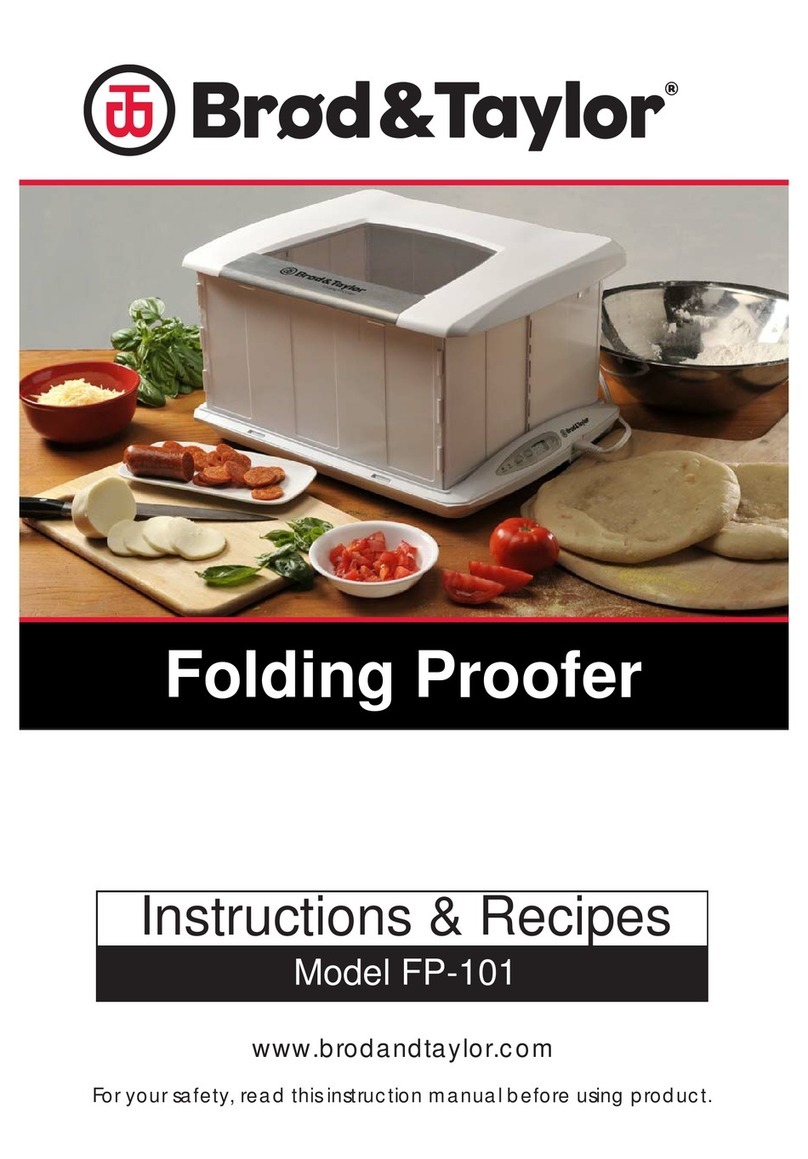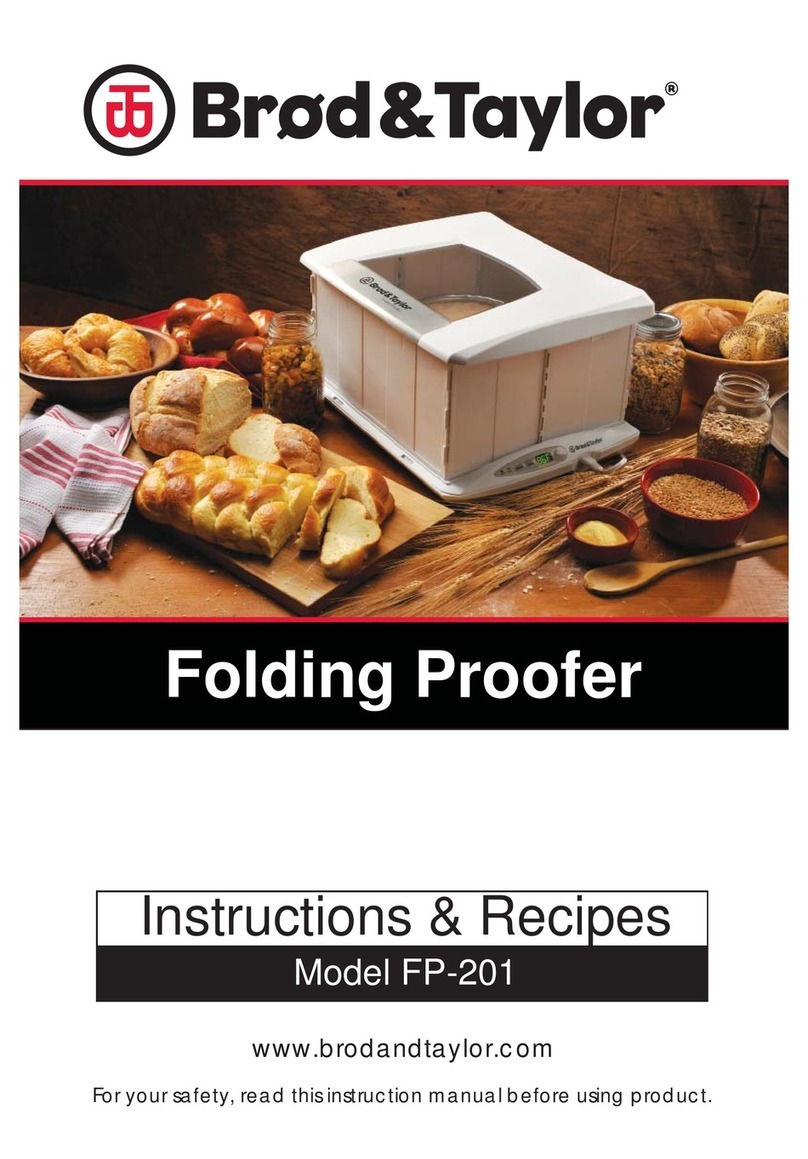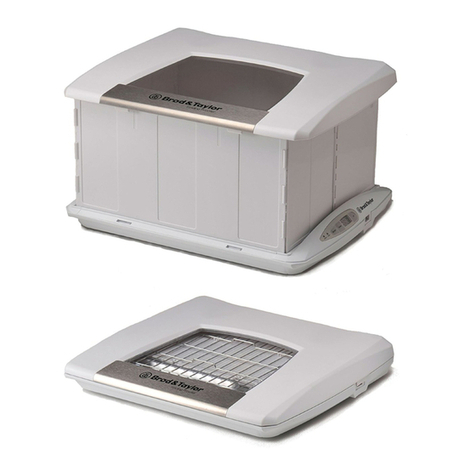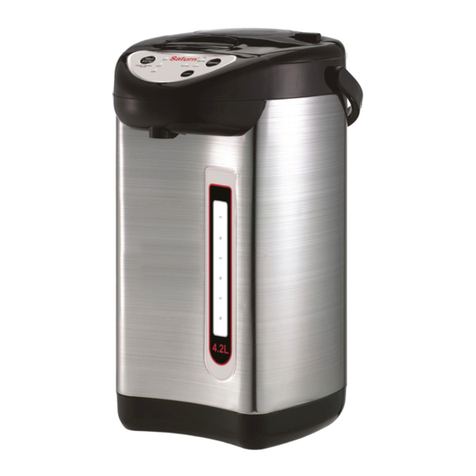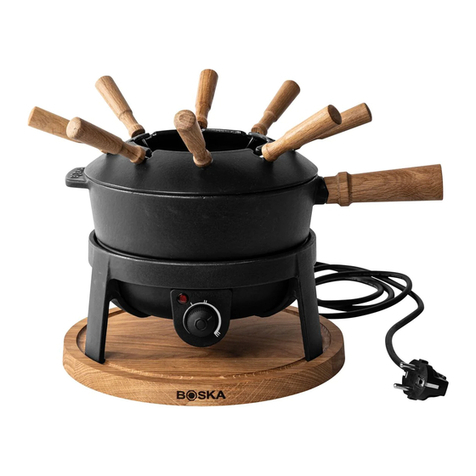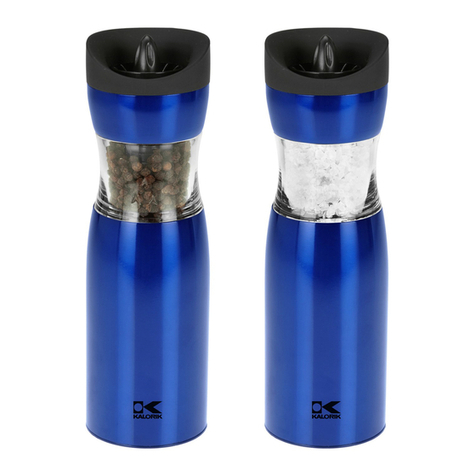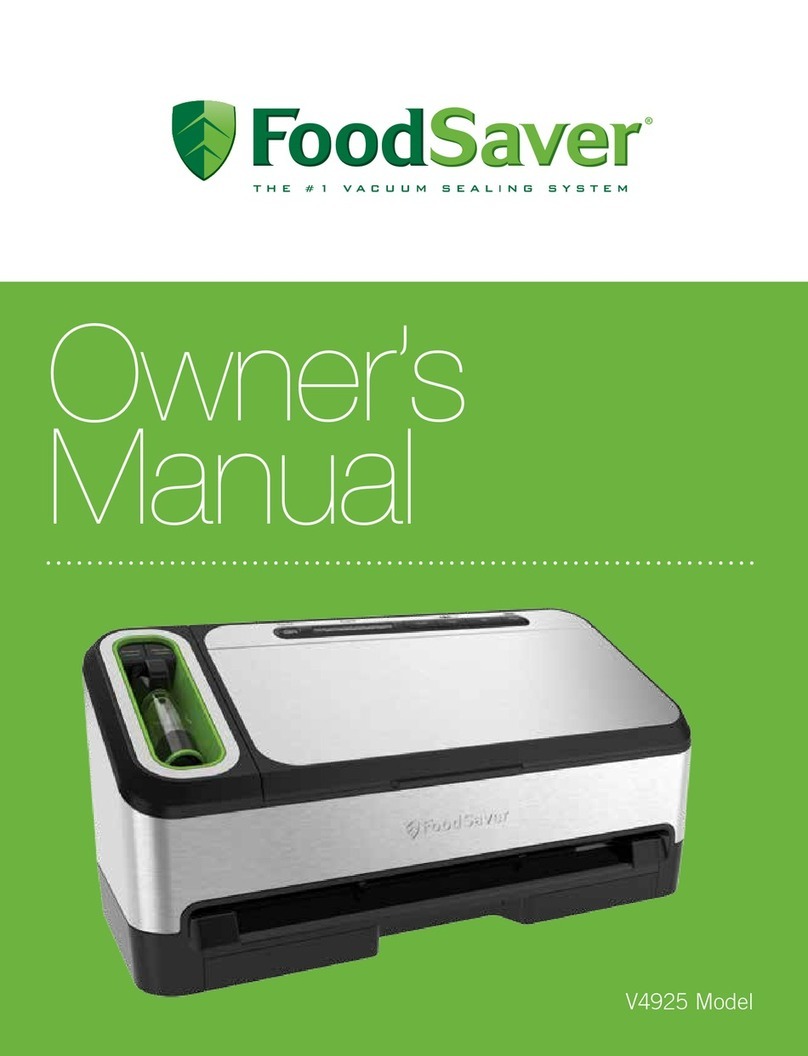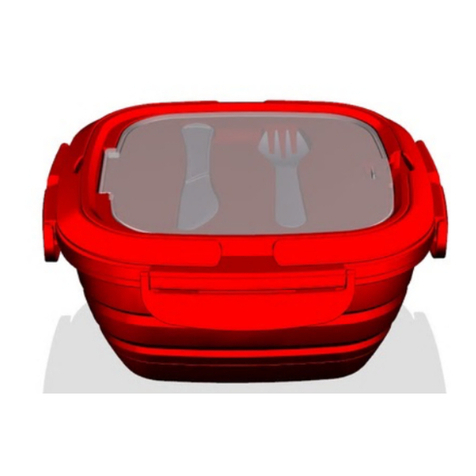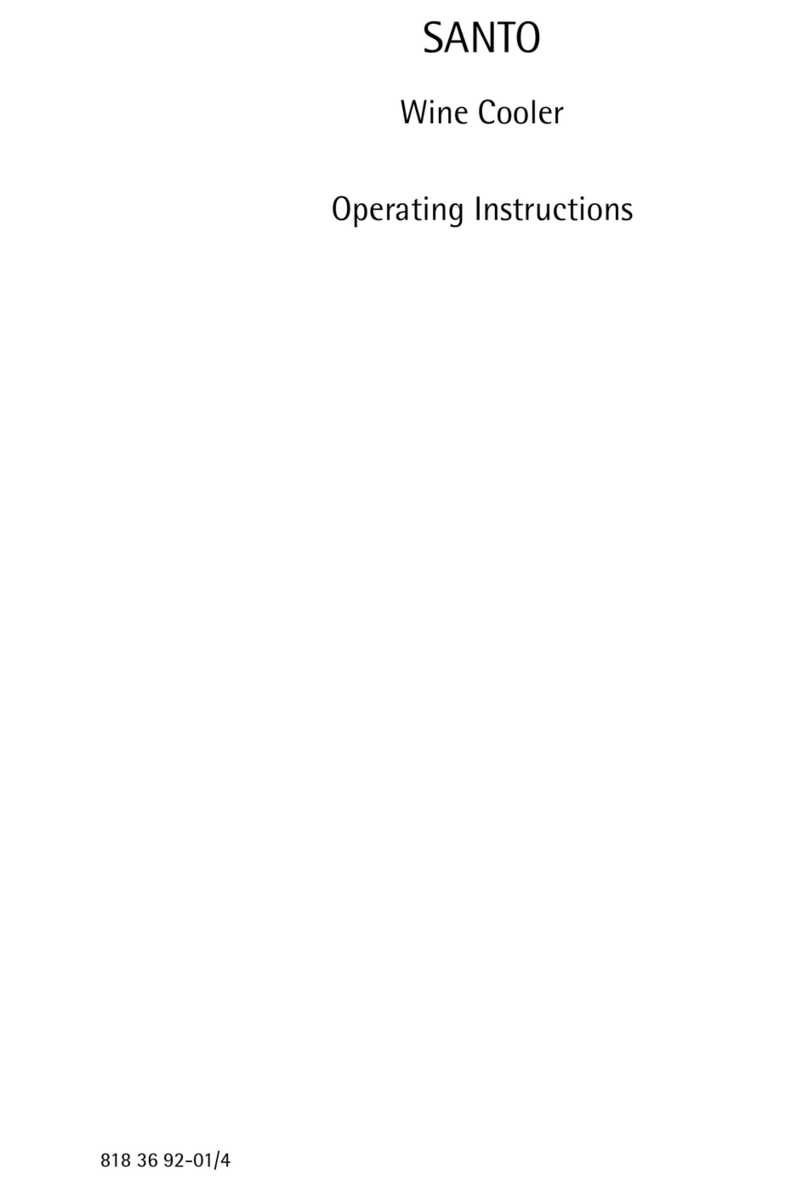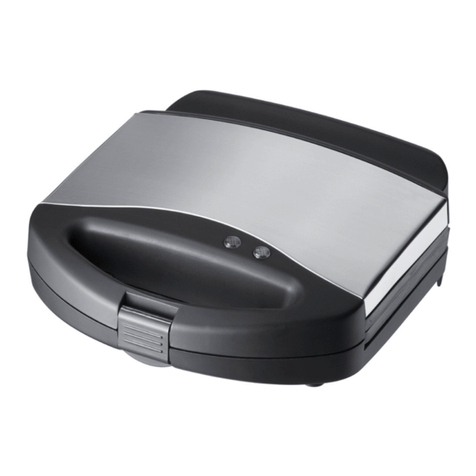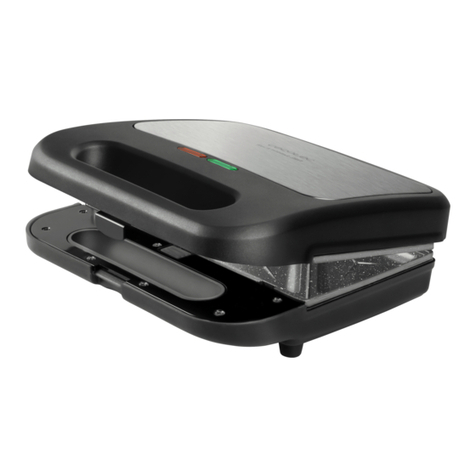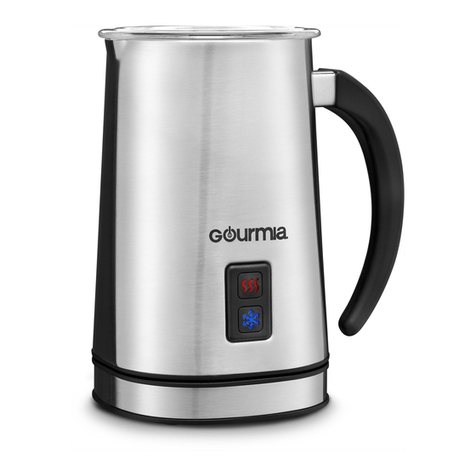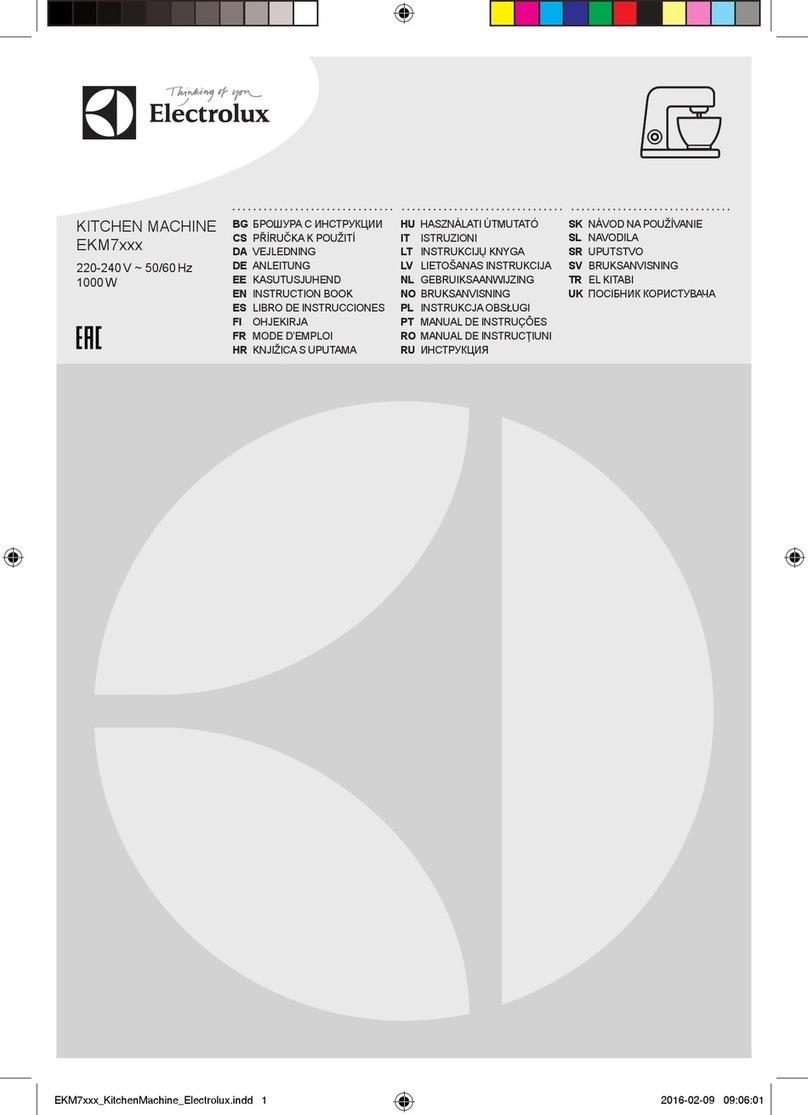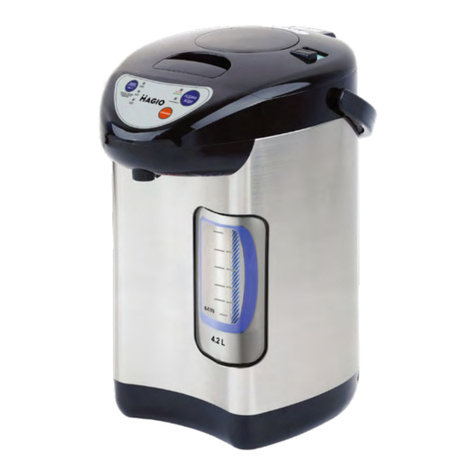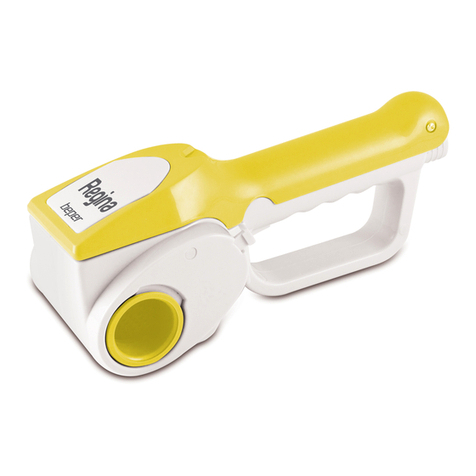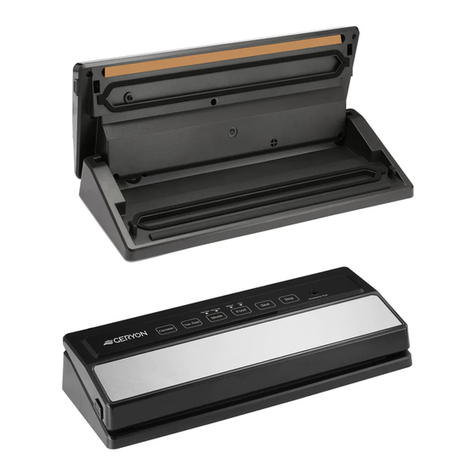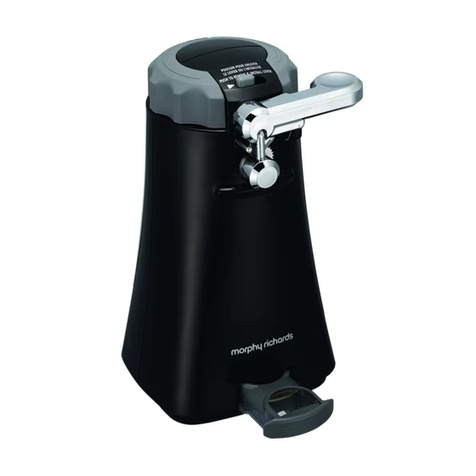
brodandtaylor.com | 32 | brodandtaylor.com
When using electrical appliances,
basic safety precautions should
always be followed, including the
following:
• Read all instructions.
• Do not touch hot surfaces. Use
handles or knobs.
• To protect against electrical
shock do not immerse cord,
plugs, or appliance in water or
other liquid.
• Close supervision is necessary
when appliance is near
children.
• Unplug from outlet when not in
use and before cleaning. Allow
to cool before putting on or
taking o parts.
• Do not operate any appliance
with a damaged cord or plug or
after the appliance malfunctions
or has been damaged in any
manner. Return appliance to
the nearest authorized service
facility for examination, repair,
or adjustment.
• If the supply cord is damaged,
it must be replaced by the
manufacturer, its service agent
or similarly qualied persons in
order to avoid a hazard.
• The use of accessory
attachments not recommended
by the appliance manufacturer
may cause injuries.
IMPORTANT SAFEGUARDS
• Appliances are not intended
to be operated by means of
an external timer or separate
remote control system.
• Do not use outdoors.
• Intended for countertop use
only.
• Do not let cord hang over edge
of table or counter, or touch hot
surfaces.
• Do not place on or near a hot
gas or electric burner, or in a
heated oven.
• Extreme caution must be used
when moving an appliance
containing hot oil or other hot
liquids.
• WARNING: Hazard of injury
and burns.The surface of the
dehydration shelves, the food
to be dried, glass doors and
upper housing are getting
hot during use and rstly
stay hot after switch-o. We
recommend using pots cloth for
protection.
• Always attach plug to appliance
rst, then plug cord into the
wall outlet. To disconnect, set
control to “O”, then remove
plug from wall outlet.
• Do not use appliance for other
than intended use.
• This appliance is for household
use only.
• Do not store any materials,
other than manufacturer’s
recommended accessories,
in the Dehydrator when not in
use.
• This appliance can be used
by children aged from 8 years
and above and persons with
reduced physical, sensory
or mental capabilities or
lack of experience and
knowledge if they have
been given supervision or
instruction concerning use of
the appliance in a safe way
and understand the hazards
involved. Children should not
play with the appliance.
• Cleaning and user
maintenance shall not be made
by children unless they are
older than 8 and supervised.
• Keep the appliance and its cord
out of reach of children less
than 8 years.
• Do not cover the fan with any
foil or similar during operation.
Inlet and outlet air must not be
obstructed.
• Do not use the appliance’s
upper side as deposition rack
or working top as it will get hot
when operating the appliance.
As protection against re, do
generally not put objects made
of paper, plastic, fabric or other
inammable material on hot
surfaces.
• Leave enough ventilation
distance to all sides and 1m
above the appliance so avoid
damage by heat and to grant
an unobstructed work area.
Unhindered air supply has to
be ensured.
• Use original dehydration
shelves only.
• In case of overheating, the item
will switch OFF automatically.
If so, please unplug and allow
the appliance to cool down for
10-15 minutes, before putting
it into operation again. Please
make sure the dehydrator is
free standing, not covered and
the supply and exit air is not
hindered.
• Do not operate the appliance in
the vicinity of sources of heat
(oven, gas ames etc.) or in
explosive environments, where
inammable liquids or gases
are located.
• Operate in dry rooms only.
• Never immerse the appliance,
power cord and power plug in
water for cleaning.
• Do not transport the appliance
when hot. Appliance and
accessories must have cooled
completely before cleaning or
moving them.
• Do not store the appliance
outside or in wet rooms.
• For cleaning, please refer to
the section “Cleaning” of the
user manual.
